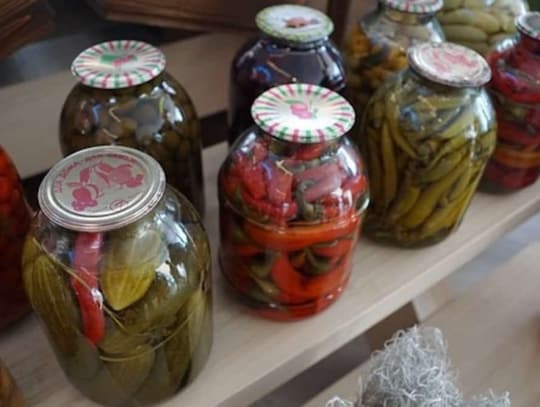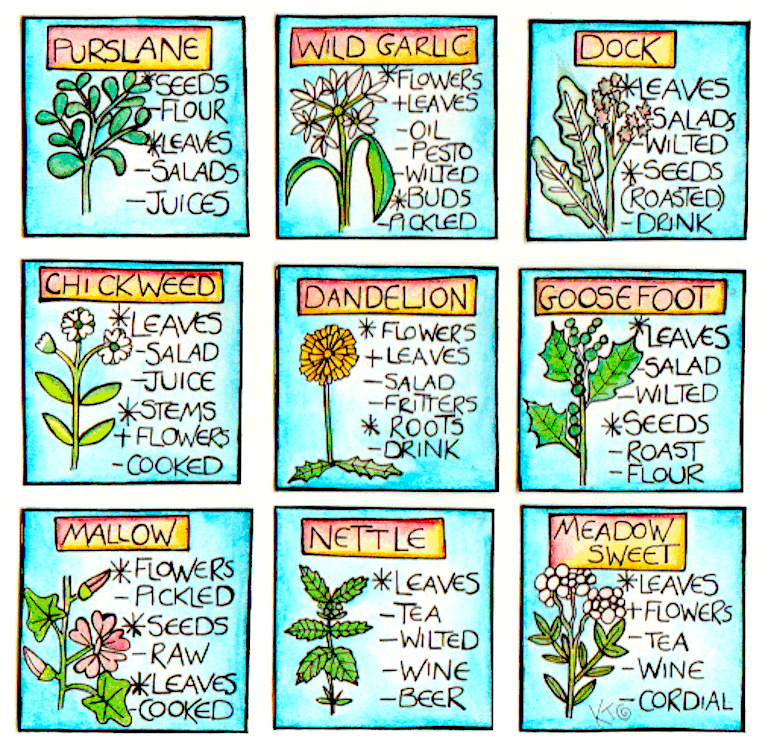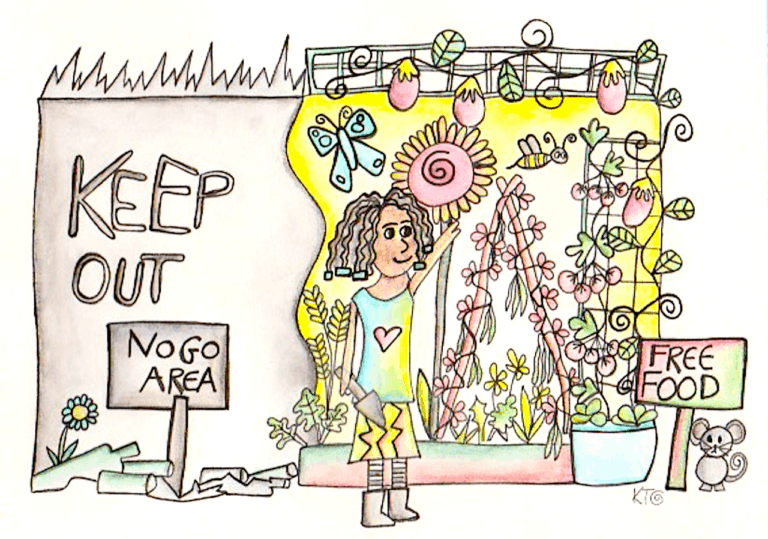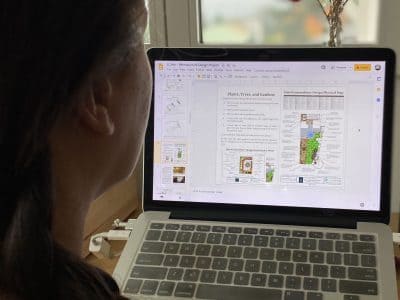
What are permaculture zones?
Permaculture zones are patterns of human use. The zones start with yourself, your personal patterns, and what you do as a daily practice. From there, permaculture zones expand out into your home, garden, neighborhood, watershed, and extended community, until, by the time you get to zone 6-ish, where you have no control over anything that happens, the zone has become a sector.
Sectors are patterns of uncontrolled influences, and we discuss those here.
Here’s a primer on zones in permaculture.
Permaculture zones don’t have hard lines between them. There is edge, crossover, and change. As an observation tool, you can use zones to look for flaws in your design, and also to evaluate what’s working well.
As a design strategy, permaculture zones are a super powerful way to make choices about where to place new components in your system.
- Zone 0 and/or 00(depending who you ask): the heart of the project, including the designer and their all-day-every-day activities.
- Zones 1-2: Visited every day or every other day, home, work, and personal spaces that need frequent maintenance and provide steady yields.
- Zone 3: Decreasing in frequency of use, and lower needs in terms of maintenance, but still relatively central to the system.
- Zone 4: Season use, infrequent visits, niche purposes; often a shared space on the edge of your system that bridges the gap between your personal site and the larger community in which you live.
- Zone 5 and beyond: wild areas, unmanaged; perhaps you go there and plant native seeds, or clean up trash. Or maybe you just go there to observe and learn from nature. Or maybe, you don’t go there at all.
And here’s another layer of information, in a video excerpted from our permaculture certificate program. Here, Crystal Stevens gives an overview of zone mapping in the home system.
Zone mapping calls into play these principles, among others:
- Relative location: place components in positions relative to the use of those components, and relative to their relationships with other components.
- Stacking functions: a component placed in the correct zone, relative to its function, will be available to serve other functions in that zone as well.
- Make the least change for the greatest effect: if you have an old dead car in the middle of zone 1, it will be much easier to move that car to a more appropriate zone, than it would to try and move all of your zone 1 activities to a different area.
- Work with nature, rather than against it: zone mapping will help you determine which patterns of human use can be shifted, and which are more firmly set (and should thus be designed around.)
- The edge is where the action is. Once you get a clear sense of where the center of each zone is, you’ll be able to find new, unique opportunities in the spaces between the zones.
Base Mapping: the germination of your design project
If your goals and ethics are the seeds of your permaculture design project, then your base map is the sprout!
As a landscape designer, you should be able to draw a map that is reasonably to scale. Later in this course, you’ll analyze sectors, vision social patterns, learn to identify keypoints, and so on, and apply this information to the multiple layers of your design.
But for today, just focus on your base map: a 2-dimensional, to-scale aerial view of your site’s boundaries and all of the immoveable components therein.
The base map might seem like a simple thing, but it can still be quite challenging to create. Indeed, cartography on any scale can come with a steep learning curve, so be patient with yourself! If your first attempt at a base map is all funky and out of proportion, don’t worry about it! Just make another one.
Check out this article and video for more information about base mapping.
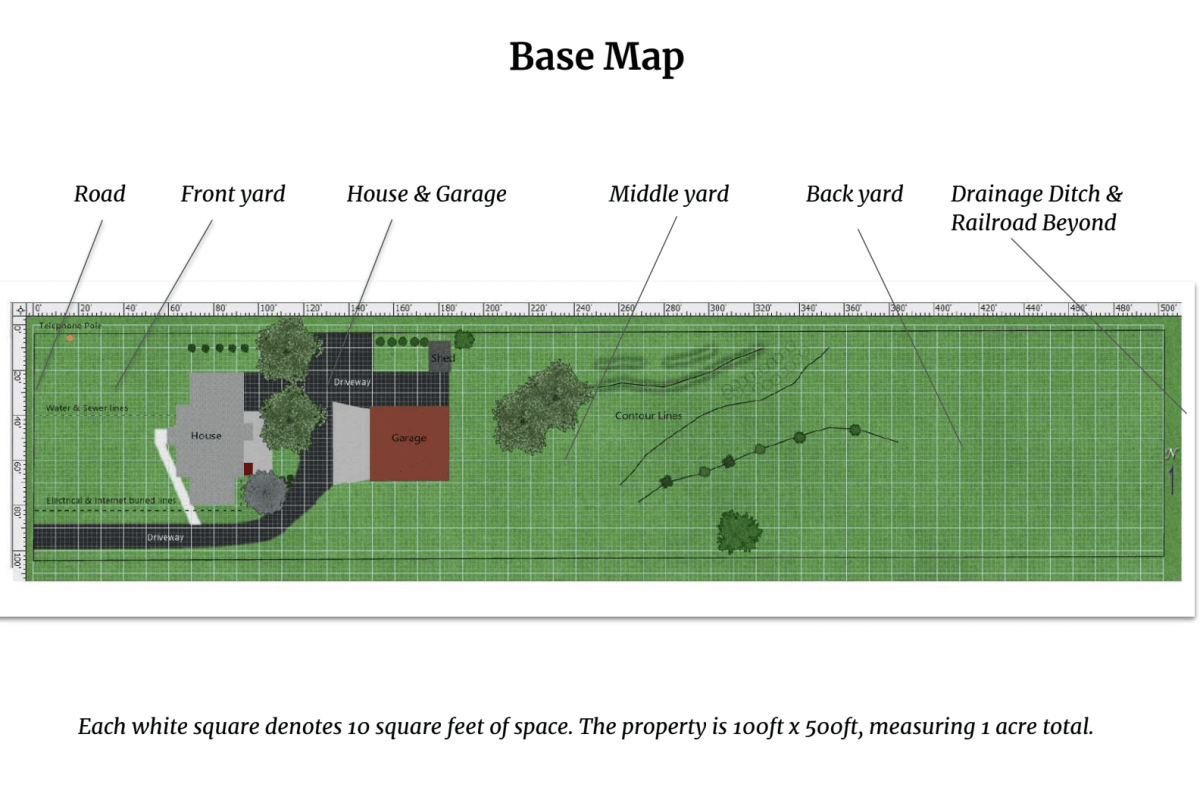
Want to learn more about this and other topics related to permaculture, sustainability, and whole-systems design? We offer a range of FREE (donations optional) online courses!
Relevant Links and Resources about Permaculture Zones
Crystal Stevens writes on an assortment of topics around the home system. Here are some favorite recent articles:
- Some additional methods of preserving the harvest.
- Here is an article on Probiotics, with easy recipes for lacto fermented vegetables and sauerkraut.
- Here is an article on botanical tea blends.
- Here is an article on DIY Herb and fruit infused waters using fresh homegrown herbs infused in water in mason jars.
- DIY Natural Household Cleaners. Ditch the toxic cleaners – switch to natural cleaners!
If you don’t know about the Resiliency Institute, you should. They’re an excellent starting point for suburban families.
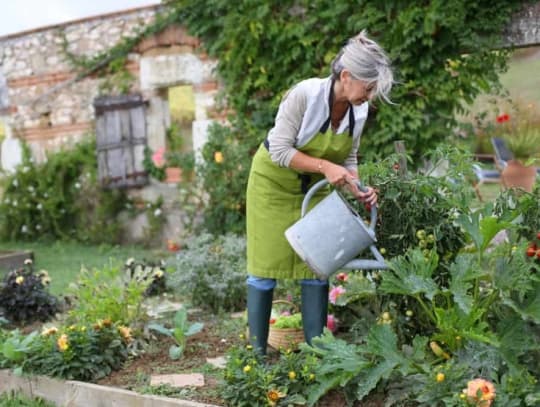
Oregon State University offers a free online intro to permaculture course every Spring, which teaches beginner-level zone and sector mapping. In addition, many of their full-course videos can be found on YouTube, and they are well worth watching.
In fact, we highly recommend you watch them all, since they have done such a good job and been so generous as to make it available to the public. We’ll link a few below, about permaculture zones and sectors. We also appreciate Andrews “decision-making matrix,” which he describes in the third video. Fun!
Urban Permaculture Zones
As cities around the world become increasingly crowded, it is becoming increasingly urgent to find new ways of creating sustainable and innovative solutions to urban sprawl and pollution. Urban zones in permaculture are becoming a popular solution as they offer many benefits, from increasing access to nutrition to reducing waste and pollution levels.
When it comes to improving our environment and sustainability, urban zones are an underrated and yet highly effective solution. An urban permaculture zone is a system that retains soil moisture and reduces water run-off, while also providing a haven for native plant species and supporting local biodiversity.
Creating a high-quality urban permaculture zone begins with selecting the right location. Ideally, a permaculture zone should be close to a source of freshwater, and should be accessible to members of the local community who will be able to maintain and benefit from the area.
Once the location is chosen, the next step is determining the type of plants and soil composition to use. Depending on the climate, there are a wide range of plant varieties that could be used, including fruit trees, vegetables, herbs, and flowering plants, among many others.

